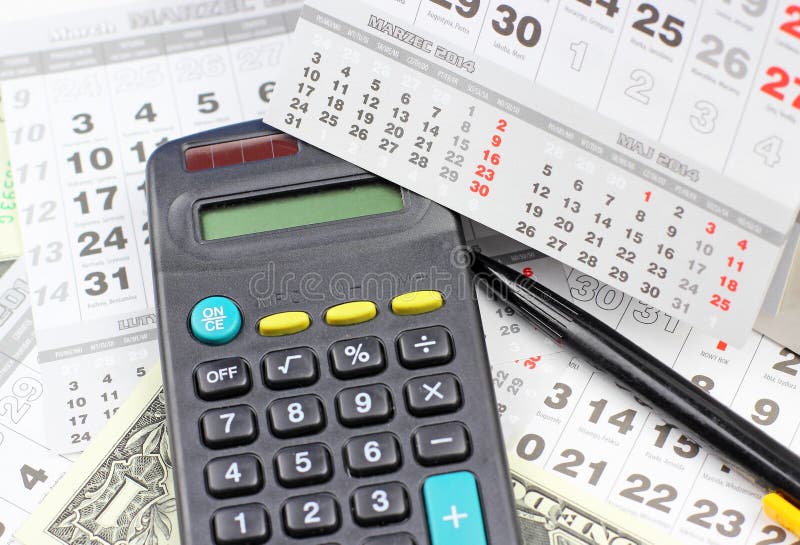

- Calendar calculator how to#
- Calendar calculator pdf#
- Calendar calculator code#
- Calendar calculator plus#
THE LECTURE that he’s been giving for a number of years is not-so-subtly called “Kill Your Lawn.” Ecological horticulturist Dan Jaffe Wilder knows that starting over and creating an entire native habitat instead of a lawn isn’t for everyone. Seed-starting gear i use for best results
Calendar calculator how to#
how to store garden vegetables for winter.9 things i needed to learn about sweet potatoes.growing potatoes organically: when and how to plant, hill and harvest.cucumber-growing q&a, and the best pickles ever.when to plant what for a fall vegetable garden.vegetable-garden tuneup: make room for more (succession sowing).seed-starting FAQ page: all my seed how-to’s.
Calendar calculator pdf#
Print Download as PDF how to sow, harvest and store vegetables In short-season Northern areas, starting heat-loving melons, cucumbers, and squash indoors (though all easy to direct sow) may offer a headstart.
Calendar calculator plus#
*Chard, collards, kale, kohlrabi, lettuce, mustard, plus many familiar herbs and annual flowers, are probably easiest direct-sown. You can print your results using the button under the chart (it will be about 5 pages). Again: Start by entering your final spring frost date below (mine’s about mid-May). I’ve added a list of how-to story links below, including some on stashing your harvest. In some climates, a later sowing timed for fall or winter harvest (e.g., Brussels sprouts) may do better than a spring one, or you can get a second sowing in of peas that you sowed in spring, then pulled. Many crops (salads, carrots, beets, bush beans, cilantro…) are best sown in succession, a small amount every 2 weeks, starting at the chart date.

Note: Reemay or other protective row covers can “cheat” the earliest transplant dates by as much as 2 weeks, especially helpful with tender things like melons (or insect-prone brassicas and cucurbits). This is my best guidance, not doctrine that’s why my website is “A Way to Garden,” not “The Way to Garden.” The chart dates below suggest earliest springtime sowings, but there is no hard-and-fast rule whether lettuce needs 4 or 6 weeks indoors-or if you never give it a headstart, but simply direct-sow.
Calendar calculator code#
(Don’t know? Search by ZIP Code with the tool at this link.) Begin by entering your final spring frost date on the top right of the chart below. To simplify the task, the SIG has made a user-friendly date calculator available that allows conversion from a Gregorian to a Jewish date and vice versa.NEED HELP remembering when it’s safe and smart to start your first spring sowings of vegetable, flower and herb seeds indoors and out? This tool calculates when. There is thus no simple basis for converting dates, and any such calculation can pose a challenge. Owing to these different means of calculation, discrepancies between Jewish and Gregorian days and dates are constantly shifting. To make up for this difference, leap years consisting of 13 months are added in the Jewish calendar. As a result, a lunar year is ten or more days shorter than its solar counterpart with its 365 days. In line with the moon’s orbit, a month can consist of 29 or 30 days. A Jewish month therefore always begins with the new moon. In a lunisolar year, months are calculated by the moon, while the year is linked to the rhythm of the sun. According to the former, for example, a day does not begin at midnight, but at the onset of dusk, and ends at the same time the next day. There are various aspects of the Jewish calendar that distinguish it from the Gregorian one. The Jewish new year is in the month of Tishri (September or October) and is marked by Rosh Hashanah, the Jewish new year festival. According to the Jewish calendar, we are thus already in the sixth millennium.

Expressed in terms of the globally used Gregorian calendar, it goes back to the year 3761 before the current era (BCE). The Jewish calendar follows what is known as the lunisolar year.


 0 kommentar(er)
0 kommentar(er)
